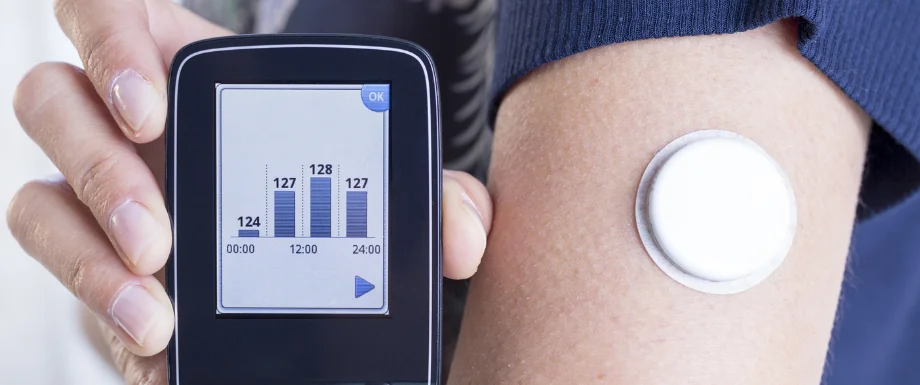When you have diabetes, you know you should take care of your glucose levels. But does it end there? For really tackling diabetes, those are not the only numbers you have to keep track of. If you have diabetes, chances are you have high cholesterol too. It’s more like they are meant to occur together. Cholesterol, aggravated by diabetes, can also have far-reaching consequences on your health and watching it in tandem with blood sugar is a crucial part of managing general and heart health the right way.
Diabetes is largely to blame for lowering HDL or “good”cholesterol levels and increasing triglycerides and LDL or “bad” cholesterol levels, giving rise to a condition called diabetic dyslipidemia. It leads to atherosclerosis; in other words, the arteries get hardened because of the build-up of plaque over time. That means lower amounts of blood flowing into your extremities.
Whyis it of concern?
Diabetes already comes with its own baggage. Heart disease, poor circulation, and stroke are a result of the risk factors such as high blood glucose levels, excessive weight, and high blood pressure posed by diabetes. Factor in diabetic dyslipidemia, and you’re plunged deeper down that abyss by simply heightening the risk of atherosclerosis. It sends the lipid profile spiralling out of control.
Now even though someone with diabetes has good cholesterol, it is more often than not chucked out by the bad cholesterol and the reign of the bad cholesterol is only strengthened. It can significantly compound the already existent risks and push down the age or heighten the chances of a person being struck by heart diseases. Some people have even been known to develop dyslipidemia before the diagnosis of diabetes.
By now, we have established how uncontrolled cholesterol levels can lead to big trouble. The risk is very real.So, it is best not to let healthy levels of cholesterol and triglycerides go haywire on you and invade your body. Checking in on your cholesterol along with your blood sugar levels from time to time is nothing but essential. Keep a target to achieve the following levels by tapping into a healthy lifestyle.
LDL cholesterol :Below 100 mg/dL for people with heart disease, diabetes, or atherosclerosis
HDL cholesterol : Above 40 mg/dL for men and above 50 mg/dL for women
Triglycerides : Below 150 mg/dL
What do you eat to keep both your diabetes and cholesterol in check?
Join the low-carb diet club because it will push up the levels of HDL (good) cholesterol.Choose lower-fat foods, avoid trans fats, limit saturated fats, and take high-fibre foods. Basically, limit food sources that have cholesterol. Below are some cues on what food can helpand what won’t:
- Lot of whole grains. Pick out the healthy ones loaded with fibre – quinoa, brown rice, barley, etc.
- Leave the frozen and packaged foods back in the supermarket aisle. Fresh and green leafy vegetables and fruits should typically find their way to your plate more often. Those with high fibre can battle out the bad cholesterol.
- Eat nuts and seeds. They will help piggy back your bad cholesterol out the gut.
- For your proteins, rely on beans, peas, tuna, salmon, cod, lean meats, tilapia, andtofu. Forget about meat with skin or anything that is fried or cooked in lard.
- With dairy, skim is good. Almond milk, soy milk, low fat and fat-free cheese, and yoghurt are a safe bet. Whole milk or heavy cream: hands-off.
- Use vegetable oils. Canola oil or olive oil come with mono saturated fats,which renders them healthier.
How else do you keep bad cholesterol and sugar levels from ratcheting up?
Managing diabetes is hard enough. Taking care of your cholesterol just takes the challenge to a whole new level. However, a few, small tweak sin your lifestyle and habits can improve your levels.
- Sweat it out regularly to stave off the excess pounds. Even 30 minutes a day will go a long way. Walking after a meal is shown to have an excellent effect on lowering your cholesterol levels. Use a step tracker to determine how well you’re doing and rack up the activity levels till you know you’re doing enough.
- Avoid scarfing up alcohol and stay off those cigarettes.
- Turn away from added sugar. Sugar is bad. Added sugar is worse.
- Eat your medicines as recommended. Everything has a time and routine and you can heighten your chances of success if you stick by them.
- Watch those numbers. Always keep a glucose meter at hand.
You must know that even if you have maintained your blood sugar levels with perfection, your LDL cholesterol levels can climb. That being said, following the tips mentioned above can help with cholesterol and diabetes treatment at home and give your body what it needs to reduce the risk of stroke and heart disease.
